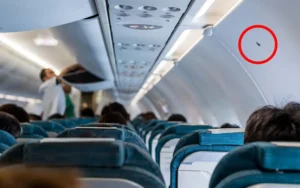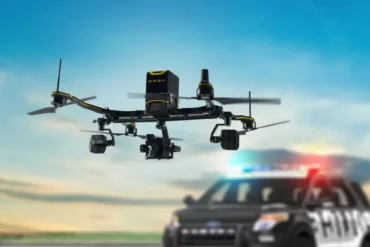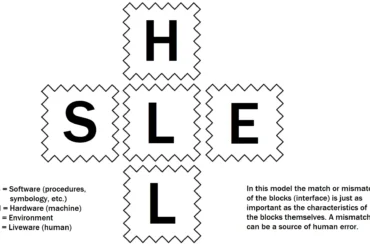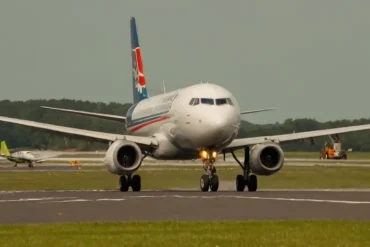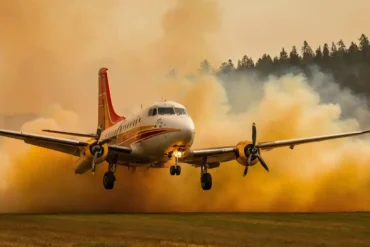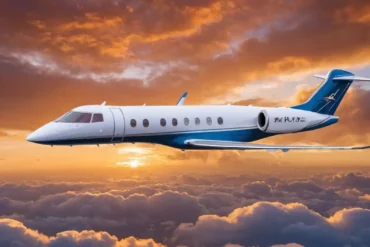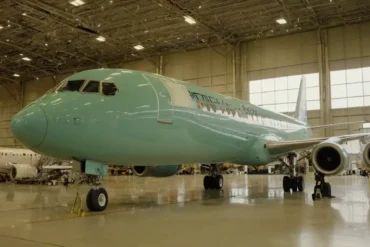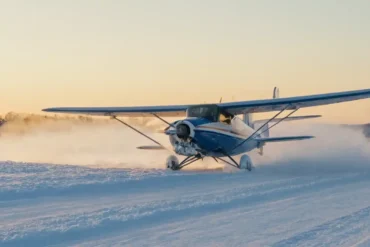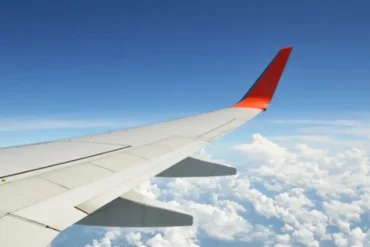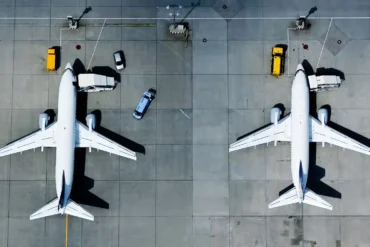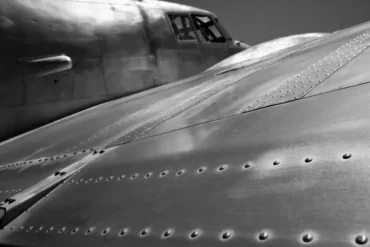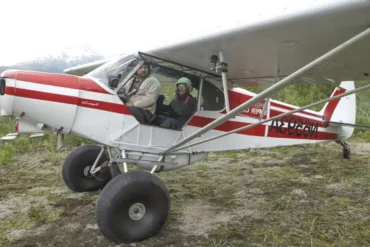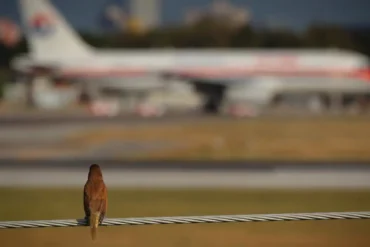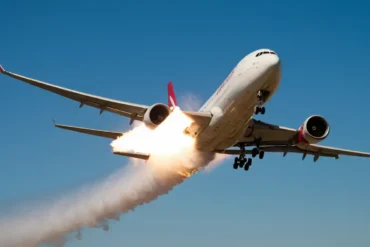Have you ever noticed a small, seemingly insignificant detail while boarding a plane? There’s a tiny feature that often goes unnoticed by most passengers, but it actually plays a crucial role in aviation safety.
On certain windows of aircraft manufactured by Airbus, you’ll find small black triangles. These aren’t just decorative elements; they serve a very important purpose that’s all about keeping us safe in the air.
Recently, this unassuming triangle has been thrust back into the spotlight, thanks to a flight attendant‘s TikTok post that gained significant traction on social media.
The “mystery” surrounding these triangles isn’t actually all that mysterious. In an interview with Stuff Travel, Air New Zealand’s Chief Operational Integrity and Safety Officer, Captain David Morgan, explained that these markings are unique to Airbus planes.
Morgan clarified, “These black triangles are strategically placed near specific windows to provide our crew with the best possible views of the aircraft’s exterior.” This positioning is crucial for safety checks during flight.
For the flight crew, these designated windows serve as vital observation points. They allow staff to visually inspect critical components of the aircraft, including the wings, flaps, and engines, ensuring everything outside is functioning correctly.
Essentially, the window marked by the black triangle is the best spot on the entire aircraft for crew members to conduct visual checks of the plane’s exterior during flight.
Adding an interesting bit of trivia to this aviation feature is the nickname given to the seat beneath the triangle – it’s called the “William Shatner seat.” Interestingly, this name has nothing to do with Shatner’s famous role in Star Trek. Instead, it references a memorable 1963 episode of The Twilight Zone titled “Nightmare at 20,000 Feet,” in which Shatner’s character spots a gremlin through the aircraft window, creating a classic moment in television history.
